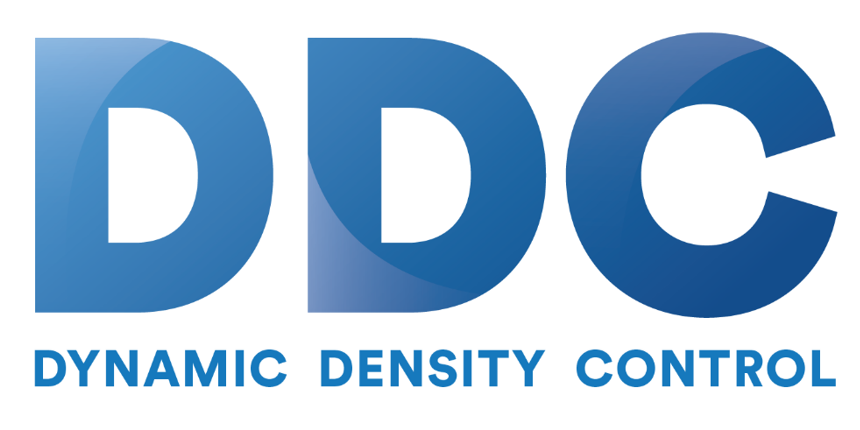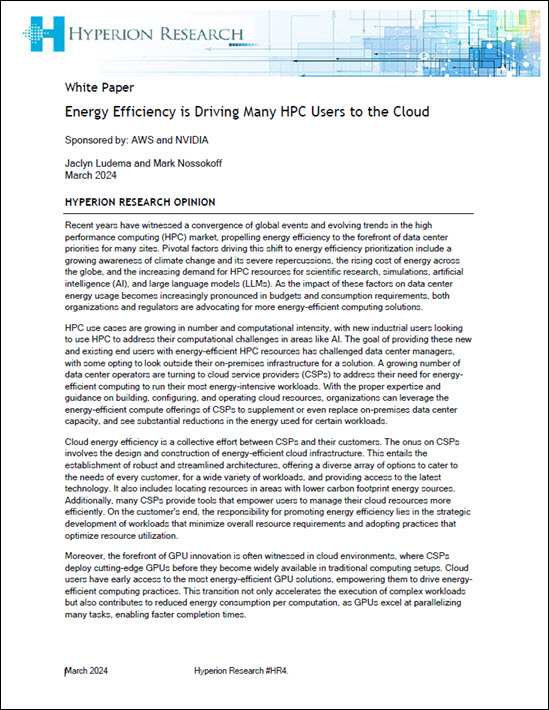 In this video from the DDN User Group at SC17, Ron Hawkins from the San Diego Supercomputer Center presents: BioBurst — Leveraging Burst Buffer Technology for Campus Research Computing.
In this video from the DDN User Group at SC17, Ron Hawkins from the San Diego Supercomputer Center presents: BioBurst — Leveraging Burst Buffer Technology for Campus Research Computing.
Under an NSF award, SDSC will implement a separately scheduled partition of TSCC with technology designed to address key areas of bioinformatics computing including genomics, transcriptomics, and immune receptor repertoire analysis. Called ‘BioBurst’, the system will incorporate the following major components:
- An input/output (I/O) accelerator appliance with 40 terabytes of non-volatile memory and software designed to improve network throughput by alleviating the small-block/small-file I/O problem characteristic of many bioinformatics codes
- A field programmable gate array (FPGA)-based computational accelerator system that has been demonstrated to perform de-multiplexing, read mapping, and variant calling of complete human genomes in about 22 minutes
- About 700 commodity computing cores, which will access the I/O accelerator and provide a separately scheduled resource for running bioinformatics applications;
Integration with a large-scale, Lustre parallel file system which supports streaming I/O and has the capacity to stage large amounts of data associated with many bioinformatics studies - Customization of the job scheduler to accommodate bioinformatics workflows, which can consist of hundreds to thousands of jobs submitted by a single user at one time.
UC San Diego is grateful for this new support from the National Science Foundation’s CC* program to enhance the power of TSCC,” said Valerie Polichar, Director of Research IT Services at UC San Diego. “This award extends our overall research capabilities to innovatively enable our biomedical and life sciences researchers to push the boundaries of science through new computational resources and methods.”
See the talks from the DDN User Group



